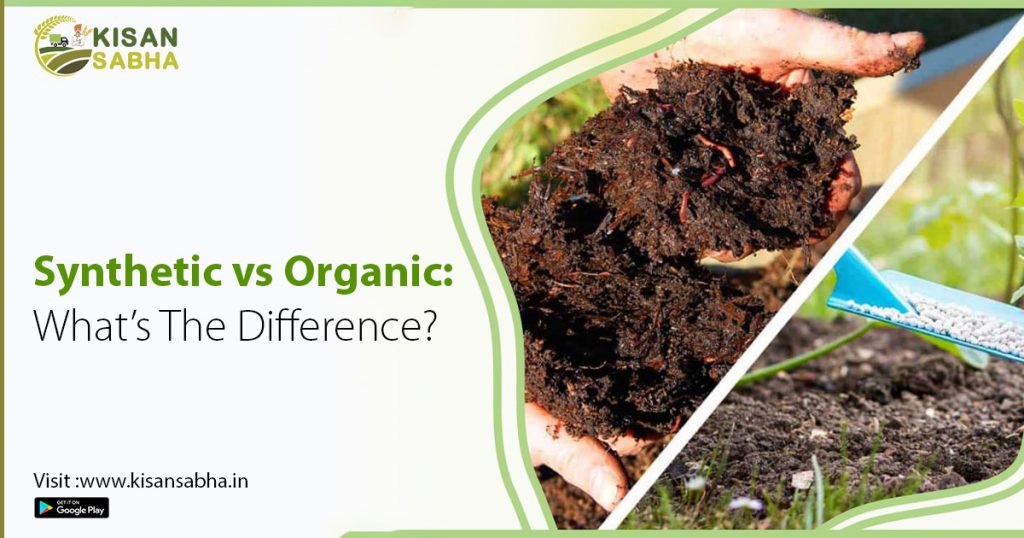The debate between synthetic and organic products has been ongoing for decades, particularly when discussing food production methods. Both categories cater to different consumer preferences and values, with each having its own set of advantages and disadvantages. This article aims to provide an informative overview on what sets these two apart by diving into their definitions, environmental impact, nutritional value, cost, safety concerns, and regulations. By understanding the fundamental differences between synthetic and organic products, consumers can make more informed decisions based on personal beliefs, budget constraints, health considerations, and other relevant factors.
Synthetic Products
Synthetic products refer to those manufactured through chemical processes using artificial materials derived from non-renewable resources such as petroleum, coal, natural gas, or other minerals. These products often mimic naturally occurring substances but differ due to being created in laboratories rather than sourced directly from nature. Examples include pesticides, fertilizers, genetically modified organisms (GMOs), pharmaceuticals, and various household items like cleaning supplies, cosmetics, and plastics.
Organic Products
On the other hand, organic products stem from practices centered around sustainability, biodiversity, ecological balance, and animal welfare. They rely heavily on renewable resources, traditional techniques, and modern scientific knowledge while avoiding synthetic inputs whenever possible. Organic agriculture focuses on building healthy soils, promoting biological diversity, enhancing ecosystem services, and maintaining genetic integrity. Certified organic products exclude GMOs, synthetic pesticides, sewage sludge, ionizing radiation, and most synthetic additives during processing.
Environmental Impact
One significant difference lies in the environmental footprint left behind by both types of production systems. Synthetic products tend to contribute negatively to pollution, greenhouse gas emissions, habitat destruction, loss of biodiversity, and depletion of non-renewable resources. Pesticide runoff contaminates water sources, harms wildlife, and poses risks to human health. Similarly, conventional agricultural practices lead to topsoil erosion, reduced carbon sequestration capacity, and diminished resilience against climate change impacts.
Contrarily, organic farming promotes regenerative land use, conserves energy, reduces waste generation, fosters agrobiodiversity, supports pollinators, protects watersheds, and mitigates global warming via enhanced soil carbon storage. However, it is worth noting that there may still be some negative consequences associated with certain aspects of large-scale commercial organic operations, including increased transportation costs, resource consumption, and potential exploitation of farmworkers if proper standards aren’t upheld.
Nutritional Value & Cost
Research comparing the nutrient content of conventionally grown versus organic foods remains inconclusive, with many studies suggesting only minor differences in terms of vitamin and mineral composition. Nevertheless, recent meta-analyses indicate higher levels of antioxidants, phenolic acids, flavonoids, and carotenoids found in organic produce, which could offer additional health benefits attributed to improved dietary patterns.
When considering overall affordability, synthetic products generally come out ahead due to lower production costs resulting from economies of scale, government subsidies, and less stringent regulatory requirements compared to their organic counterparts. While this might initially seem advantageous for consumers seeking cheaper options, long-term implications tied to externalized environmental and social burdens warrant careful examination before making conclusions about true cost efficiency.
Safety Concerns & Regulations
Both synthetic and organic products face scrutiny regarding public health concerns related to residual chemicals, pathogens, allergens, and unintended effects arising from exposure. Despite rigorous testing protocols implemented by governing bodies responsible for setting maximum limits allowed on crops and livestock, incidents involving contamination continue to emerge periodically. As previously mentioned, organic certification excludes synthetics; however, exceptions do exist under specific circumstances where no viable alternatives can meet performance criteria without compromising food security or environmental objectives. Therefore, continuous monitoring and evaluation are crucial elements ensuring continued adherence to established guidelines and minimizing potential hazards throughout supply chains.
In summary, synthetic and organic products cater to distinct markets driven by diverse needs, expectations, and priorities. Each category carries unique attributes influencing decision-making across multiple dimensions encompassing environmental stewardship, nutritional quality, financial accessibility, risk management, ethical responsibility, and cultural identity. Through critical analysis and thoughtful discourse surrounding these key issues, stakeholders can better navigate complexities embedded within product choices ultimately leading toward sustainable development goals aligned with societal aspirations.
Visit us – www.kisansabha.in





